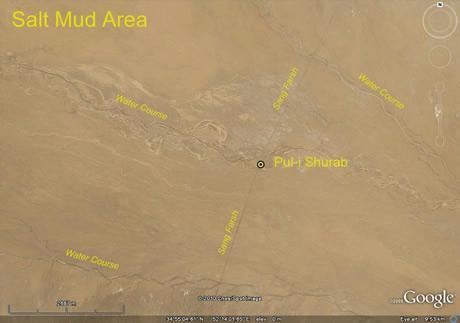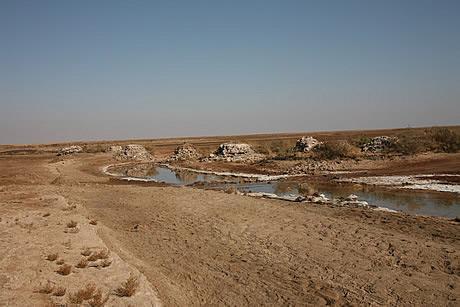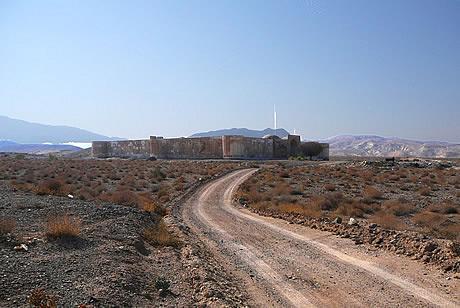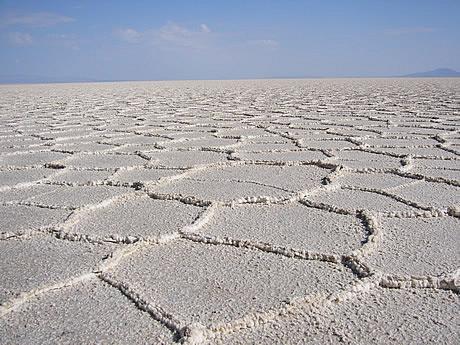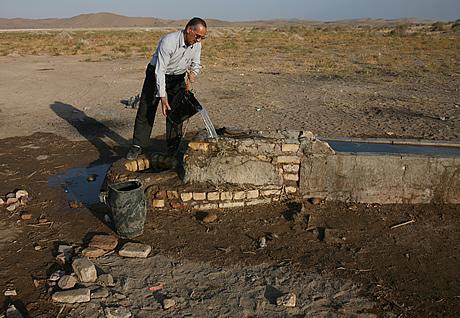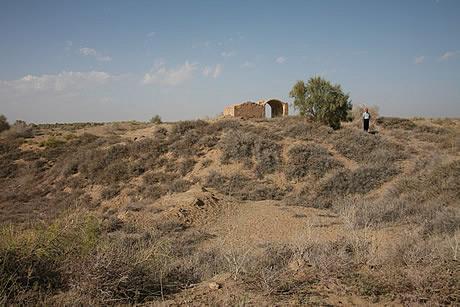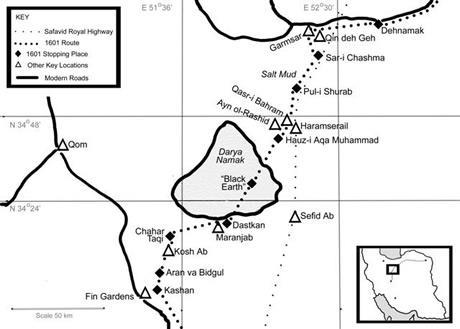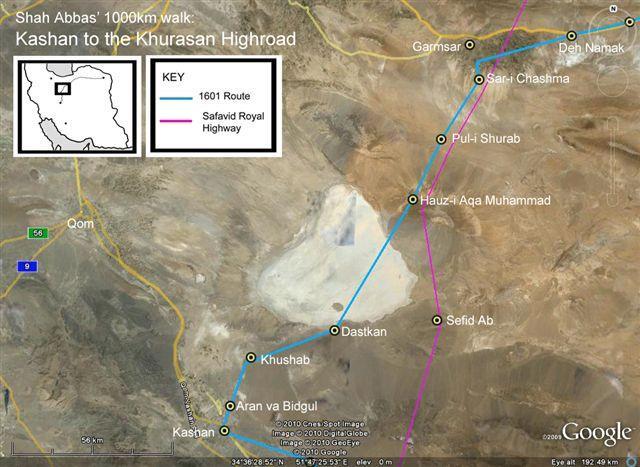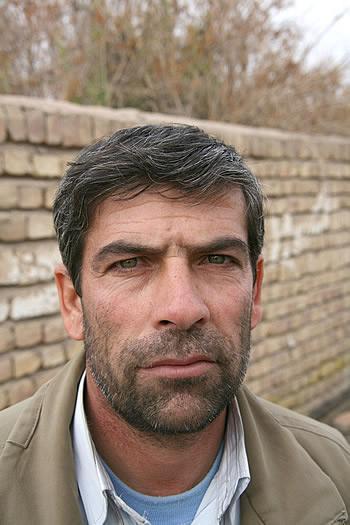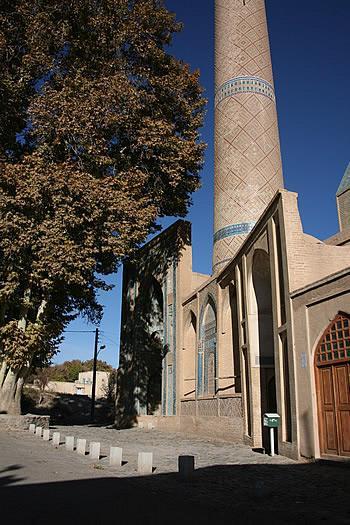Up through Kashan
After the 1601 walk, Abbas ordered the construction of Sang Farsh (literally, ‘stone carpet’): a 30km causeway over the salty mud. Before this was completed, Della Valle describes his horses sinking into the mud up to their girths – in the dry year of 1618. Despite the challenging conditions for any construction, Sang Farsh can still be clearly seen …
